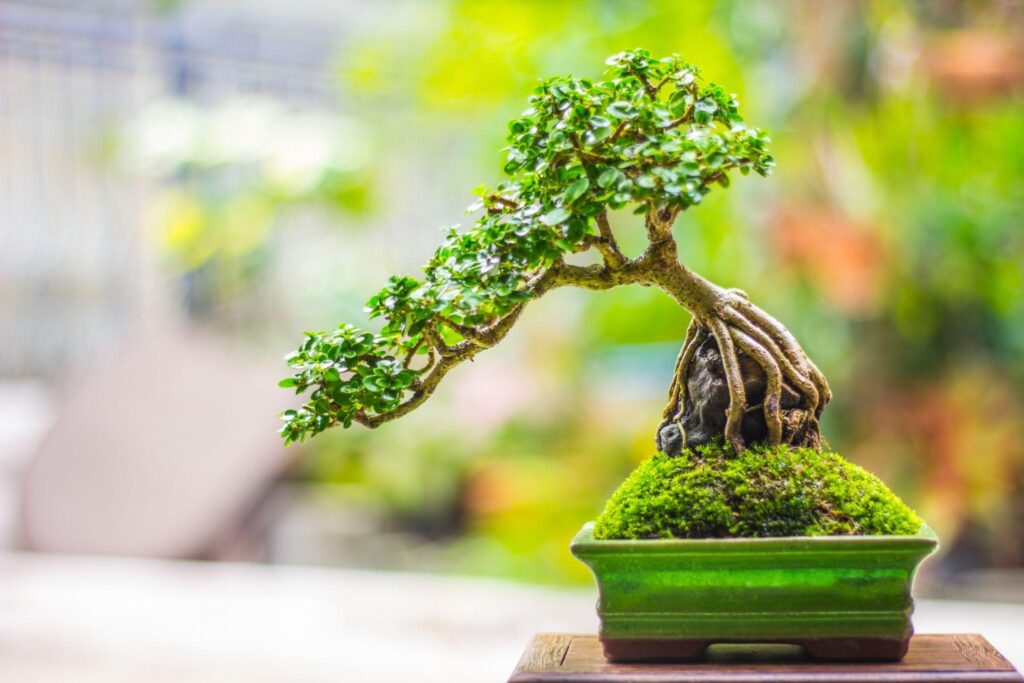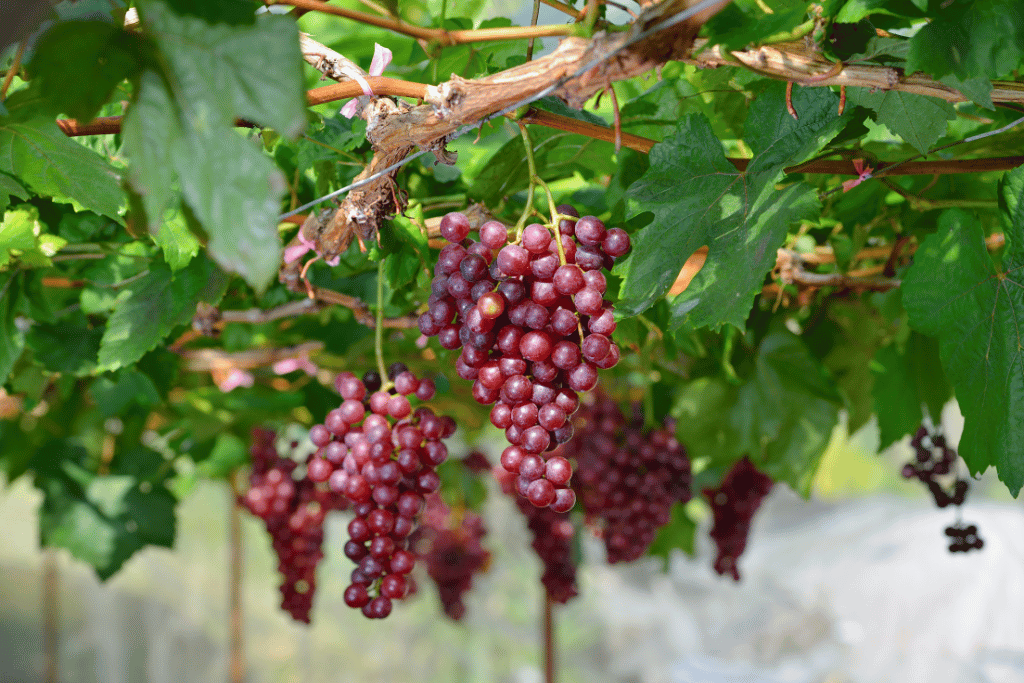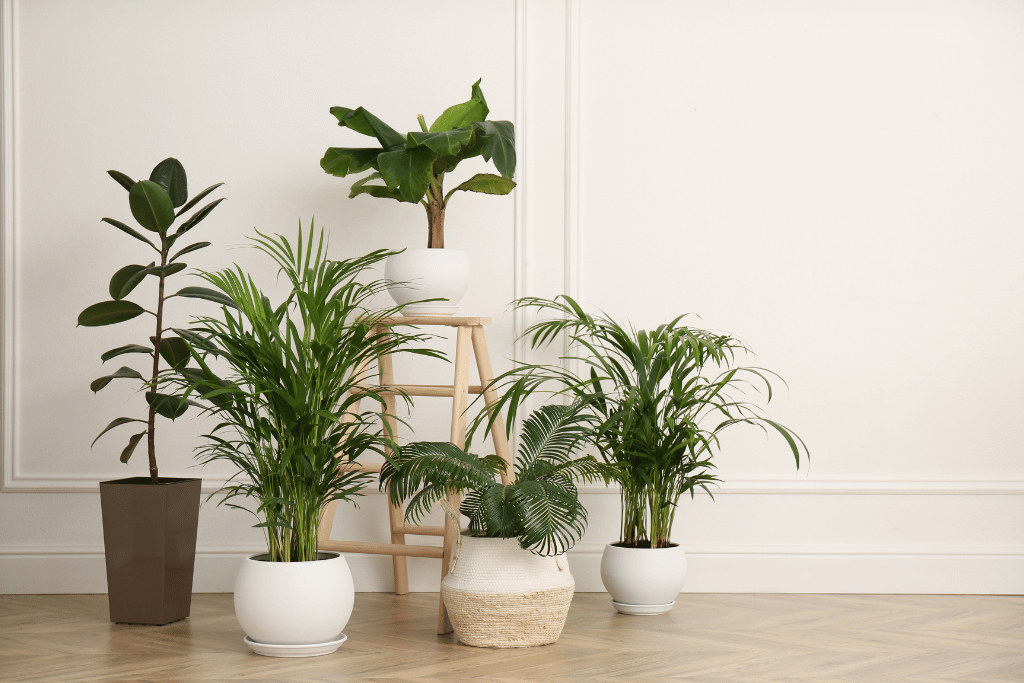
Step into any stylish home and you’ll be bound to notice lush foliage plants that instantly add a touch of sophistication. While flowers are the usual choice, tropical foliage plants have been gaining popularity for their aesthetics and simple care requirements. These stunning greens can uplift any living or work space with minimal effort.
Even though they’re undeniably beautiful and captivating, caring for them is quite the adventure. One moment you have to make sure they don’t dry out; the next minute you can find yourself trying to save them from being over-watered – it’s an unpredictable ride that will test your patience! But if done correctly, these luxurious plants will keep on thriving and add life to your home.
I have reflected my experience in this beginner’s guide to tropical foliage plants care – which has the ins and outs on how to water properly, adjusting the humidity level, and selecting the right soil type for your plants so they can thrive in their environment.
How to Take Care of Tropical Foliage Plants
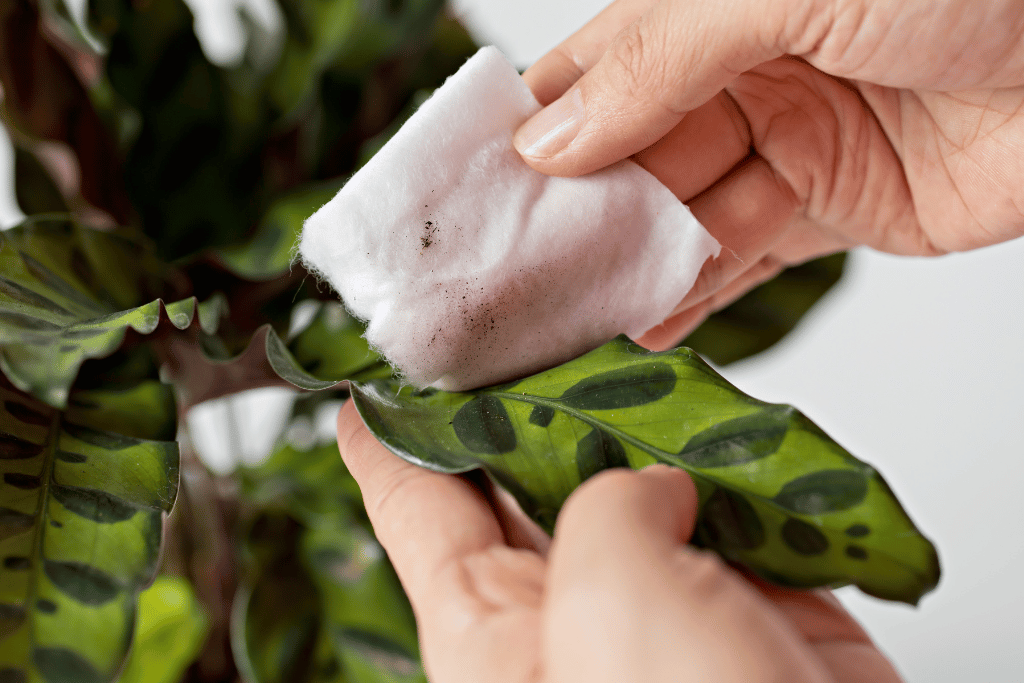
It may seem intimidating to care for tropical foliage plants at first, but don’t worry. I’m here to provide you with all the knowledge necessary to keep these leafy gems healthy and happy. If followed carefully, you’ll be seeing them singing praises in no time! Here’s how to care for tropical foliage house plants:
Choosing the right plants
Before diving into the specifics of taking care of tropical foliage plants, let’s start by selecting ones that are appropriate for your home. To begin with, ensure you have adequate space to accommodate your new green friends as some tropical foliage plants can grow quite large and will require extra room to flourish.
Don’t overlook the importance of light requirements. While some plants like snake and ZZ can survive in low-lit areas, others such as bird of paradise and croton need plenty of bright direct sunlight to thrive. Remember – even though these plants share the same “tropical” label, they often have different needs when it comes to lighting conditions.
Think about what kind of plant matches your character. Is it easy for you to forget important tasks like watering your plants? If so, a drought-tolerant variety such as the ponytail palm or spider plant might be ideal for you. On the other hand, if the thought of playing barkeeper and misting green leaves sounds fun to you, then consider moisture-loving species such as ferns or peace lilies.
Watering
Watering is an essential ritual when caring for tropical foliage plants, but also one of the most difficult to master. Finding that perfect balance between too much and not enough water can be tricky. However, with a little practice and care it’s possible to get just the right amount every time.
Before anything else, ensure your plant is placed in a pot with proper drainage holes – if not, it will drown. As for when to water, simply use the two-inch rule: feel the top inch of soil and see whether or not it’s dry. Give that area a poke – if you find it feels arid, then reach for the watering can.
But be careful: over-hydrating can prove just as detrimental as under-watering. When in doubt, wait it out. If you happen to give too much water, don’t stress – let the soil dry out for some time before re-attempting your hydration efforts.
Humidity
Your tropical foliage plants will be in their element if your home is humid. Their leaves will stay healthy and look vibrant due to the moisture, which mimics what they’d experience in a rainforest-like atmosphere.
Not sure what to do if your plants need more humidity? If you, like me, are a bit thrifty and don’t want to invest in a humidifier then there are still ways to improve moisture levels. Try creating mini-climates by grouping together multiple plants as they will help each other keep the air moist. Or place trays of water near them or mist with some spray bottles every so often – easy enough right?
Tip: About 60% of humidity is recommended!
Light
In the beginning, I pointed out that certain tropical foliage plants have varied lighting requirements. For example, the cast iron plant is able to thrive in even dimly lit or fluorescent lights, while a Chinese evergreen and rubber plant flourish best with bright yet indirect light exposure.
On the other hand there are species such as hibiscus and banana trees which require direct sunlight for several hours each day to survive optimally.
If you’re unsure of what kind of light your beloved plant needs, just do a quick online search or reach out to the individual who sold it to you. Don’t worry if there isn’t an appropriate spot in your home that meets its lighting requirements; investing in a grow light is always an option! Be sure to educate yourself on the specific needs for your plants and adjust accordingly so it can thrive..
Generally, tropical foliage plants need 12-14 hours of bright indirect light.
Fertilizing
Tropical foliage plants can do perfectly fine without fertilizer, yet you may find that supplying them with some nourishment every so often will help them sprout faster and have a more vivid appearance. Just be aware of not giving too much – excessive fertilization could actually damage your plant.
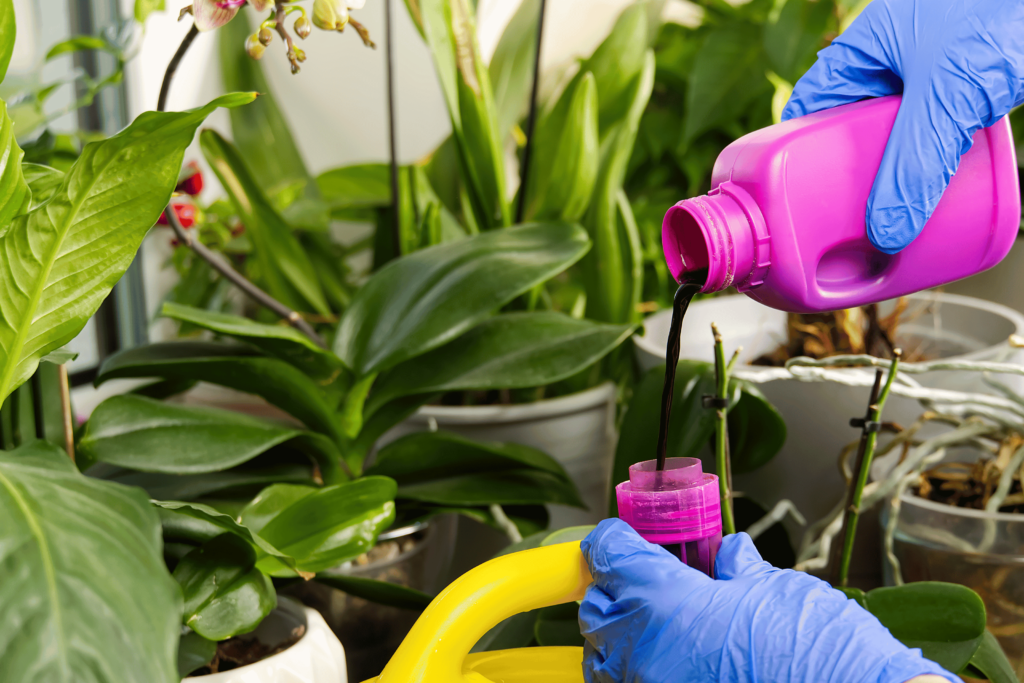
During the growing season (spring and summer), fertilize your lawn every two to four weeks for best results. However, in the dormant months of fall and winter, it is recommended that you decrease this rate to once a month or even less often. Above all else, be sure to abide by what is specified on the fertilizer packaging as over fertilizing can lead to negative consequences.
Pest control
Even if you provide the utmost care for your tropical foliage plants, pesky pests can still sneak their way in. Mealybugs, spider mites, and scale insects are unfortunately some of the most prevalent critters that tend to make an appearance.
If you observe any insects on your plants, never fear! There are a few DIY ways to conquer these pests before resorting to chemical treatments. Simply wiping the leaves with water and dish soap will suffocate them, making it easier for removal. Additionally, spraying your plants with neem oil blended in water is another natural insecticide option. Don’t let those pesky critters take over – try one of these simple solutions today.
As a last resort, you may have to call upon the power of chemical insecticides. Just keep in mind that it is essential to read and adhere strictly to the directions on the label – this will ensure your plant’s well-being as well as yours.
Soil
Cultivating successful tropical foliage plants depends highly on the type of soil you use. A nutrient-rich and well-draining potting mix is absolutely essential for these types of plants. You can either opt for a commercial pre-made potting mixture, or craft your own blend by combining equal parts peat moss, perlite, and vermiculite.
Temperature
If you’re living in a dry, cold climate, it can be difficult to provide the ideal environment for tropical foliage plants. To thrive, they need temperatures between 65°F and 75°F (18°C and 24°C), as well as nighttime temperatures that stay above 60°F (15ºC). With this optimal warmth and humidity, these beautiful plants will surely flourish.
If your house tends to be on the chilly side, you can utilize a humidifier to raise moisture in the air. Furthermore, gathering your plants together will aid in constructing a microclimate that is more moistened. Just make sure not to position them too near a heating vent or drafty window – sudden shifts of temperature could shock and cause leaf loss for your precious plants.
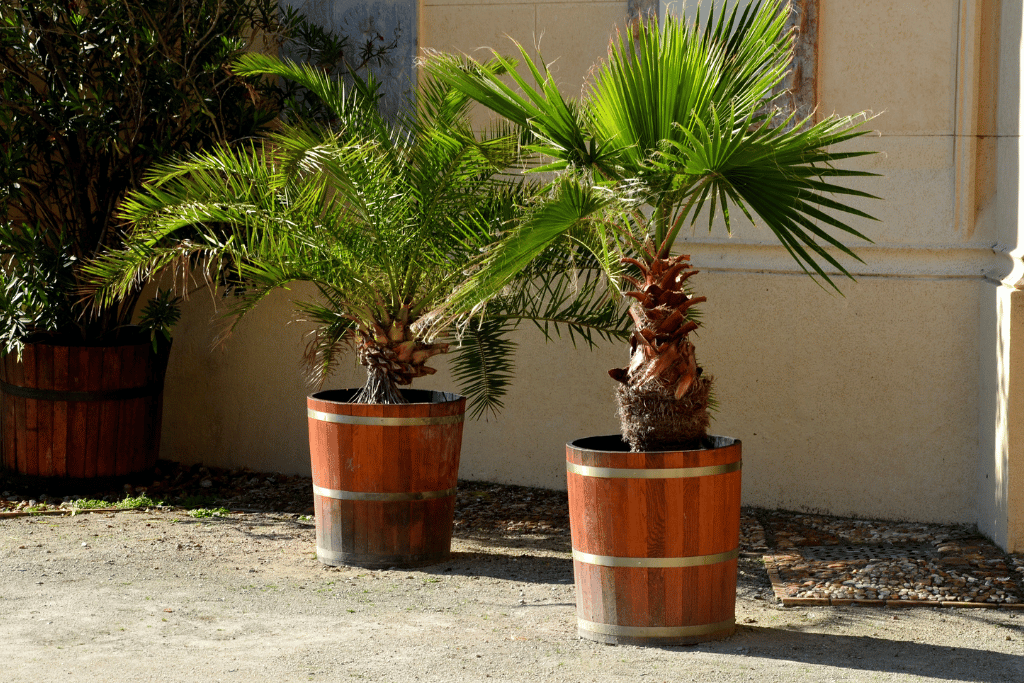
Propagation
Tropical foliage plants are a breeze to propagate! Whether it be through stem cuttings or dividing the plant at its roots, you’ll find these plants make reproducing an effortless task.
To propagate a plant from its stem cuttings, snip off 4-6 inches (10-15 cm) of the parent plant’s stem with at least one node. This is an effective and easy way to clone your plants.
Begin by snipping off the lower leaves of your cutting and dip its base into rooting hormone. Next, bury it in a pot with moist soil and then create a miniature greenhouse effect by draping the pot with plastic wrap. Set this mini-greenhouse somewhere bright but not directly exposed to sunlight; within weeks you should see new roots taking hold and even small green leaves appearing.
To successfully divide a plant via propagation, carefully remove the parent from its container. Separate the roots into two or more sections and repot each part in its own pot. Water thoroughly and ensure to keep your new plants in an atmosphere that is warm and humid until they become acclimated with their surroundings.
Potting
Repotting your tropical foliage plants is key for them to thrive and stay healthy. It’s recommended that most of these plants be repotted every one or two years, depending on the growth rate. If you’re not sure if your plant needs a new pot, here are some signals it might give:
- The roots are growing out of the drainage holes
- The plant is top-heavy and tipping over
- The soil is drying out too quickly
- The plant hasn’t grown much in the past year
When repotting your beloved plant, pick a pot that is only slightly bigger than its current home. Carefully take it out of its original container, and lightly loosen up the roots with your fingertips. Position some fresh soil in the bottom of the new flowerpot before nestling in your plant at center stage. Fill around it with more soil until you have an even surface then make sure to give it lots of water so it’s hydrated from root to stem..
What Problems You Could Face While Caring for Tropical Foliage Plants?
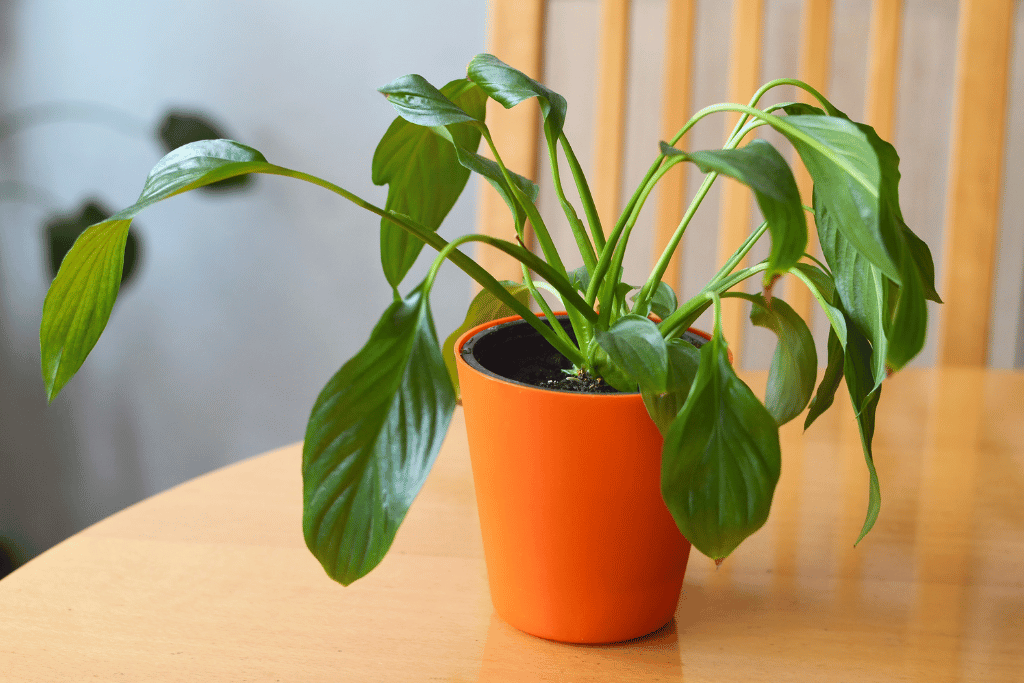
Caring for a tropical foliage plant is not without its problems. Here are some of the issues you might encounter:
- If you’ve ever owned a diva of a plant, you know how it can demand its specific needs to be met. Whether that’s in the form of needing certain levels of humidity, temperature or lighting conditions – if these standards are not maintained your tropical foliage house plants will send you warnings through wilting, yellowing and leaf-dropping.
- For pet owners with mischievous cats, get ready for some side-splitting hijinks! Your feline may attempt to bat around the leaves, scale your tropical foliage house plants or maybe even munch on it. So make sure you are prepared and keep these kinds of plants out of reach or use a cat deterrent spray if necessary.
- The potential for rapid growth in certain tropical house plants necessitates frequent pruning, however, it is important to remember that the process can be delicate and over-trimming could potentially be detrimental to their health. “It’s growing like crazy” – but do take caution!
- Don’t let your plant end up in a watery grave – overwatering is all too common when it comes to tropical foliage plants indoor care. These types of houseplants don’t appreciate soggy soil, which can lead to root rot if you aren’t careful. Thus, ensure that the earth dries out between watering sessions!
- If you don’t pay attention to your tropical foliage plants, it won’t end well. Without the necessary water and light they need, they’ll soon become withered and dull. Therefore, make sure that you don’t forget by setting a reminder on your phone or calendar so that these precious plants can be lovingly cared for!


